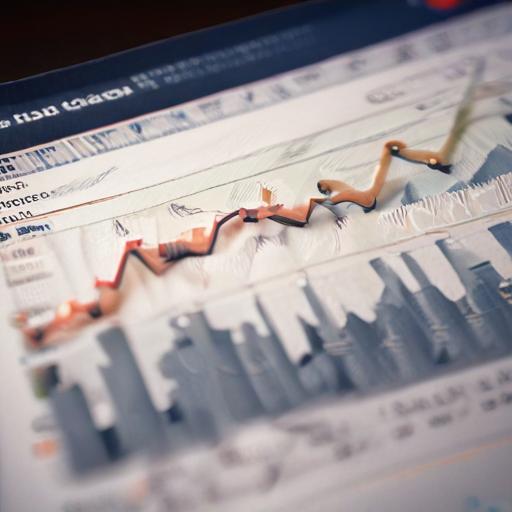Chevron Corporation recently reported its first-quarter 2025 earnings, revealing adjusted earnings of $2.18 per share, slightly surpassing expectations but marking a notable decrease of 26% compared to the previous year. Revenue for the quarter fell by 2.3% year over year, totaling $47.6 billion, which also missed analyst estimates. The market reaction to these results has been subdued, reflecting investor concerns over the mixed indicators presented in Chevron’s earnings report and the broader economic context.
Shares of Chevron are currently trading just above $135, alarmingly near its 52-week low of $132.04. This trend has raised questions among investors about Chevron’s market positioning, especially in light of ongoing challenges in the energy sector, geopolitical tensions, and an impending arbitration case related to its proposed acquisition of Hess Corporation.
In examining the quarterly performance, while Chevron did achieve an earnings beat, the underlying factors warrant scrutiny. A significant portion of the earnings boost stemmed from better-than-expected U.S. natural gas production; however, oil prices and refining margins fell short of expectations. Upstream earnings plummeted by 28.3% year over year, largely driven by lower oil prices and stagnant production levels. The downstream segment was particularly hard hit, with profits nearly dropping by 60% due to diminishing margins. Despite generating free cash flow of $1.3 billion, this figure was significantly below last year’s performance. Nevertheless, Chevron returned $6.9 billion to shareholders through dividends and buybacks during this quarter.
Chevron also revised its second-quarter share buyback target down to between $2.5 billion and $3 billion, a decrease from $3.9 billion in Q1. This adjustment mirrors the uncertain macroeconomic environment and falling Brent crude prices. The reduction in buyback activity raises concerns about the viability of Chevron’s capital return strategy amidst persistently low commodity prices.
Despite these challenges, Chevron’s strong asset portfolio remains a key draw for investors. The company continues to excel operationally in the Permian Basin, where a large portion of its acreage is subject to minimal royalty obligations, which enhances long-term returns and operational efficiency. Additionally, projects such as the Tengiz field in Kazakhstan and the Ballymore deepwater initiative in the Gulf of Mexico are set to bolster its production capabilities.
Chevron has also demonstrated commendable capital discipline, with first-quarter capital expenditures at $3.9 billion while advancing on key projects. The company is implementing a cost reduction initiative targeting $2 billion to $3 billion by 2026, and its debt-to-capital ratio stands at approximately 16.6, indicating a robust balance sheet compared to other major oil players.
Overall, while Chevron faces significant challenges reflected in its earnings report, its strategic asset management and disciplined financial approach provide a foundation for potential recovery and stability in the future.
